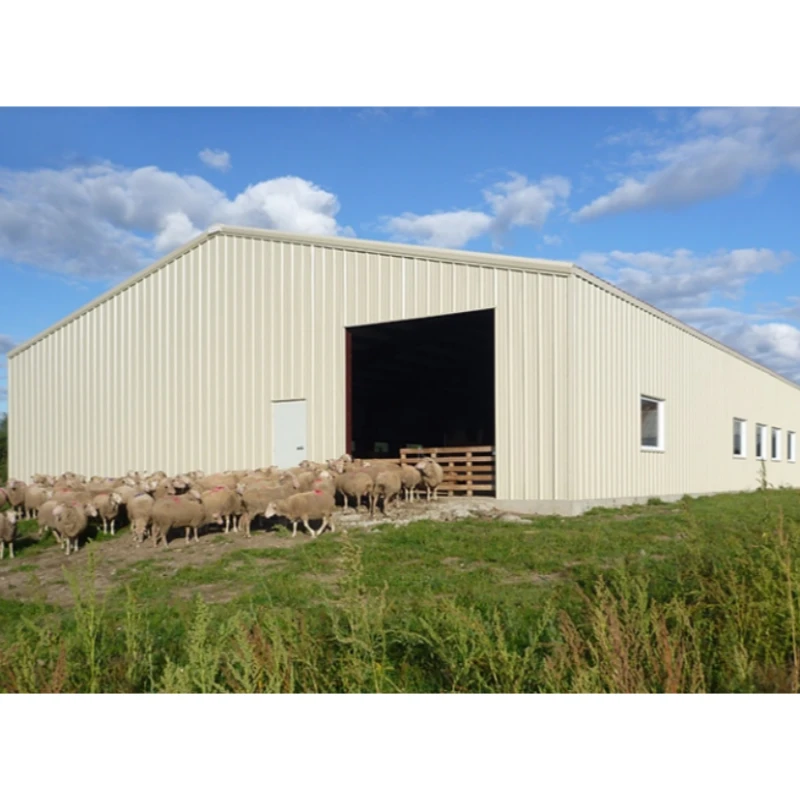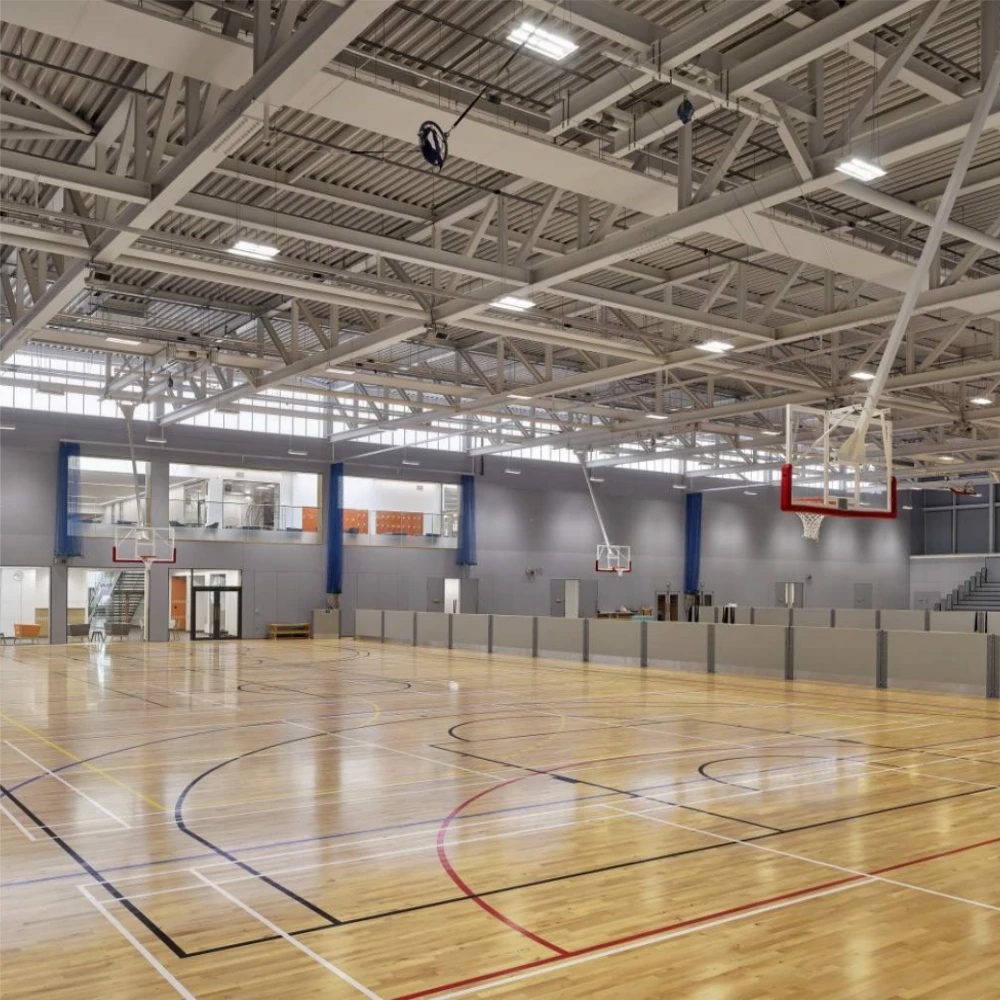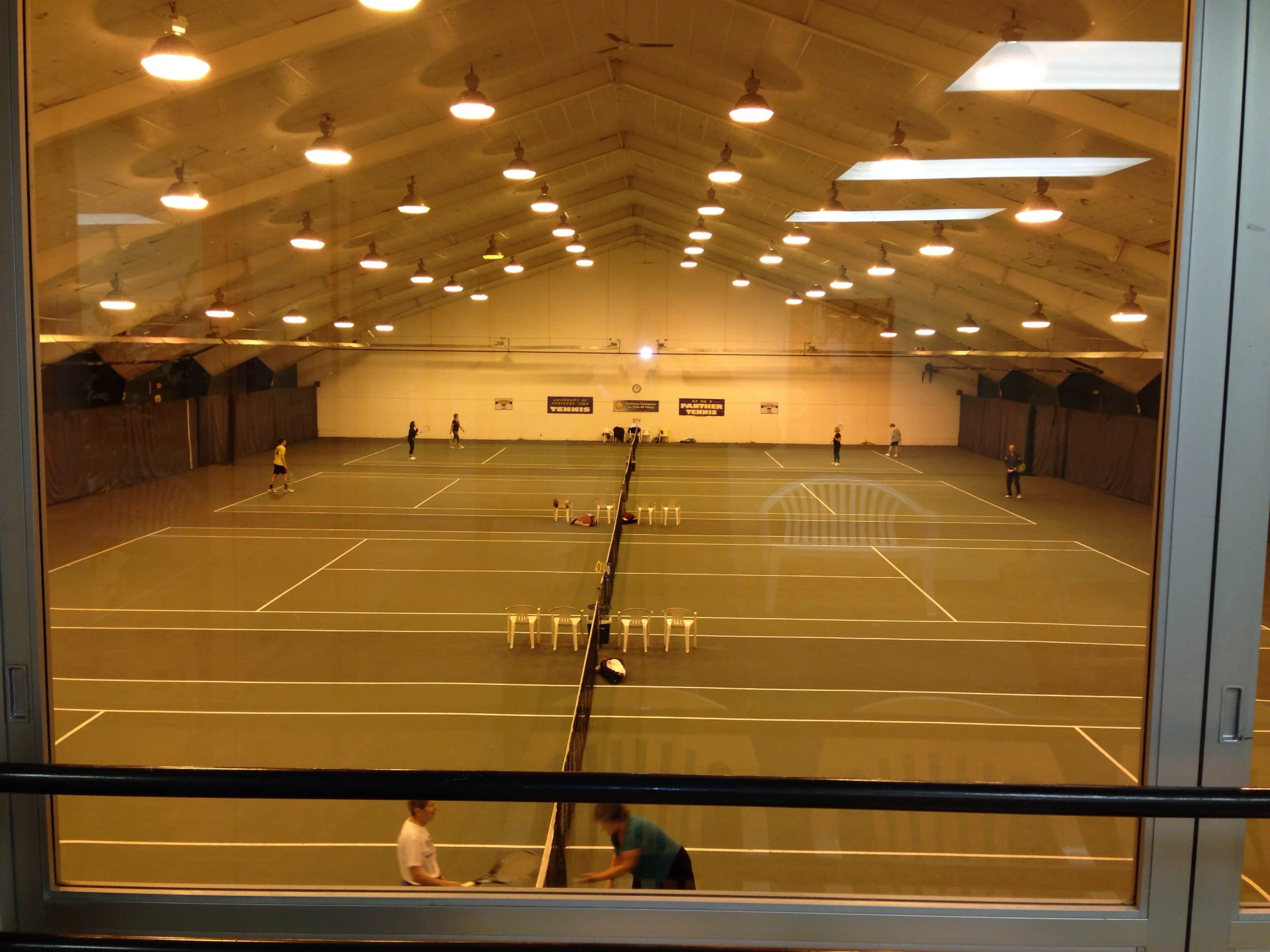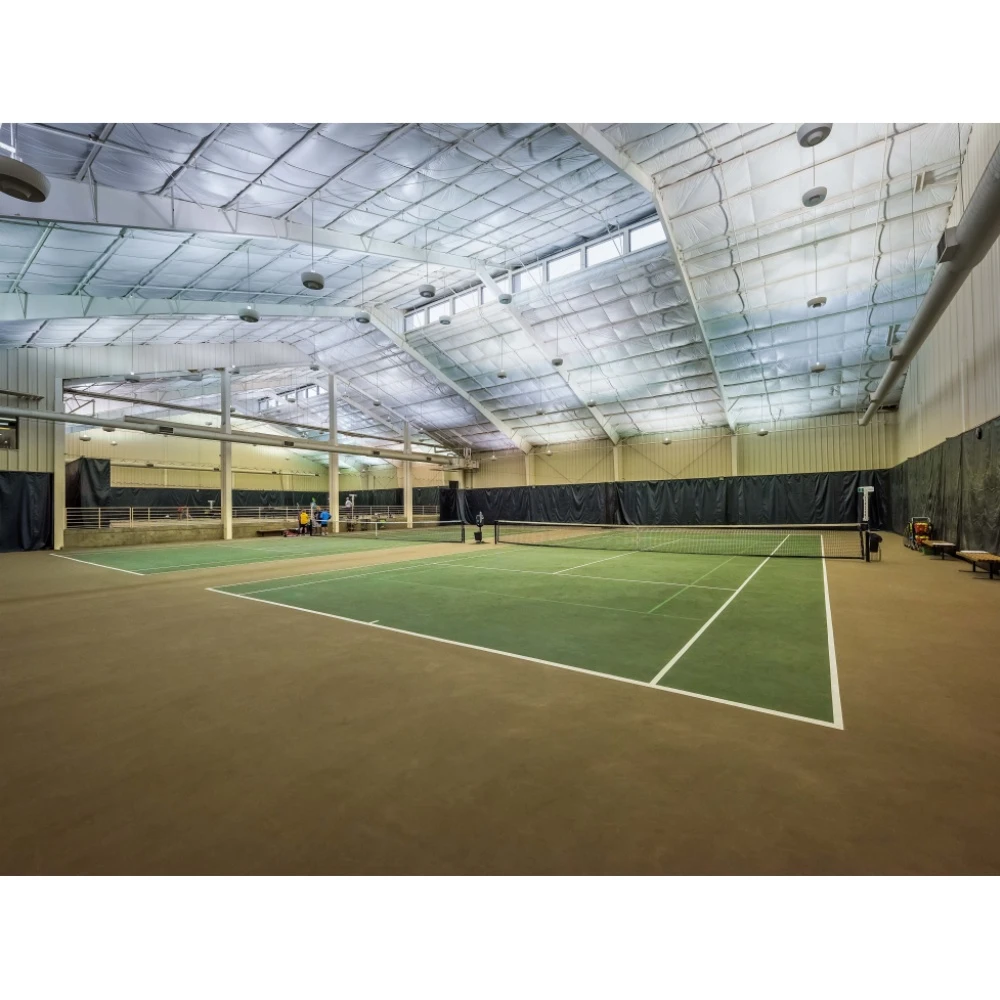- Afrikaans
- Albanian
- Amharic
- Arabic
- Armenian
- Azerbaijani
- Basque
- Belarusian
- Bengali
- Bosnian
- Bulgarian
- Catalan
- Cebuano
- Corsican
- Croatian
- Czech
- Danish
- Dutch
- English
- Esperanto
- Estonian
- Finnish
- French
- Frisian
- Galician
- Georgian
- German
- Greek
- Gujarati
- Haitian Creole
- hausa
- hawaiian
- Hebrew
- Hindi
- Miao
- Hungarian
- Icelandic
- igbo
- Indonesian
- irish
- Italian
- Japanese
- Javanese
- Kannada
- kazakh
- Khmer
- Rwandese
- Korean
- Kurdish
- Kyrgyz
- Lao
- Latin
- Latvian
- Lithuanian
- Luxembourgish
- Macedonian
- Malgashi
- Malay
- Malayalam
- Maltese
- Maori
- Marathi
- Mongolian
- Myanmar
- Nepali
- Norwegian
- Norwegian
- Occitan
- Pashto
- Persian
- Polish
- Portuguese
- Punjabi
- Romanian
- Russian
- Samoan
- Scottish Gaelic
- Serbian
- Sesotho
- Shona
- Sindhi
- Sinhala
- Slovak
- Slovenian
- Somali
- Spanish
- Sundanese
- Swahili
- Swedish
- Tagalog
- Tajik
- Tamil
- Tatar
- Telugu
- Thai
- Turkish
- Turkmen
- Ukrainian
- Urdu
- Uighur
- Uzbek
- Vietnamese
- Welsh
- Bantu
- Yiddish
- Yoruba
- Zulu
Dec . 02, 2024 02:55 Back to list
Steel Construction Design Principles and Practices
Steel construction design is a fundamental aspect of modern engineering and architecture. Steel is a versatile and robust material that has revolutionized the building industry since its introduction in the 19th century. Today, it plays a critical role in various structures, from towering skyscrapers to bridges, residential buildings, and industrial facilities. Understanding the principles and practices of steel construction design is essential for architects, engineers, and builders alike.
1. Advantages of Steel in Construction
One of the primary reasons steel is favored in construction is its high strength-to-weight ratio. This means that steel can support heavy loads while remaining relatively lightweight, allowing for innovative designs and reducing the amount of material needed. This leads to lower transportation costs and quicker assembly times, making projects more efficient.
Moreover, steel is highly durable and resistant to many environmental factors. Unlike wood, it does not warp, shrink, or split, and it is less susceptible to pests such as termites. These characteristics make steel a long-lasting choice, ensuring that structures can withstand the rigors of time and weather without significant maintenance.
2. Design Principles
Designing with steel involves several fundamental principles that ensure structural integrity and aesthetic appeal. Engineers and architects must consider the following elements
- Load-Bearing Capacity Steel structures must be designed to support various loads, including dead loads (permanent/static), live loads (temporary/dynamic), and environmental loads (wind, seismic, snow, etc.). Careful calculations are necessary to determine the appropriate size and thickness of steel members.
- Bracing Systems Steel frames often require bracing to improve stability and resist lateral forces, particularly in high-rise buildings or structures in earthquake-prone areas. Common bracing systems include X-bracing, K-bracing, and shear walls, each with specific applications depending on the design requirements.
steel construction design

- Connection Details The connections between steel members are critical to the overall performance of the structure. Properly designed bolted and welded connections facilitate load transfer and structural stability. Innovative connection techniques can also enhance the construction speed and reduce costs.
3. Sustainability Considerations
Sustainability is an increasingly important factor in steel construction design. Steel is 100% recyclable, which significantly reduces its environmental impact compared to other materials. Designers are now focused on minimizing waste during both the manufacturing and construction processes. Techniques such as modular construction and prefabrication allow for precise fabrication in controlled environments, leading to lower waste and faster on-site assembly.
Moreover, modern steel design often incorporates sustainable practices, like the use of recycled steel and energy-efficient manufacturing processes. The integration of green building practices, such as LEED certification, further encourages the adoption of sustainable techniques in steel construction.
4. Technological Advancements
Advancements in technology have transformed the field of steel construction design. The use of computer-aided design (CAD) and building information modeling (BIM) enables designers to create detailed and accurate representations of structural systems. These technologies facilitate better visualization, coordination, and collaboration among project stakeholders, ultimately leading to more efficient construction processes.
Additionally, innovations in structural engineering, such as high-strength steel and advanced coating technologies, have further enhanced the performance and longevity of steel structures. These materials offer superior strength, corrosion resistance, and aesthetic flexibility, enabling architects to push the boundaries of design.
5. Conclusion
Steel construction design is a dynamic and evolving field that combines engineering principles, innovative practices, and sustainable considerations. As urbanization continues to rise, the demand for efficient, durable, and aesthetically pleasing structures will only increase. By harnessing the inherent advantages of steel, embracing new technologies, and prioritizing sustainability, we can build resilient structures that stand the test of time while meeting the needs of future generations. As professionals in the field, we must remain committed to advancing steel construction design to create a sustainable built environment.
-
How Do Prefabricated Steel Structures Transform Modern Construction?
NewsJul.14,2025
-
How Do Prefabricated Metal Buildings Redefine Modern Construction?
NewsJul.14,2025
-
How Do Prefab Insulated Metal Buildings and Steel Structures Revolutionize Modern Construction?
NewsJul.14,2025
-
How Do Pre - Engineered Steel Structures Redefine Modern Construction?
NewsJul.14,2025
-
Advancing Modular Construction with Prefabricated Metal Structures
NewsJul.14,2025
-
Advancing Industrial Infrastructure with Prefabricated Steel Solutions
NewsJul.14,2025
Products categories
Our Latest News
We have a professional design team and an excellent production and construction team.











